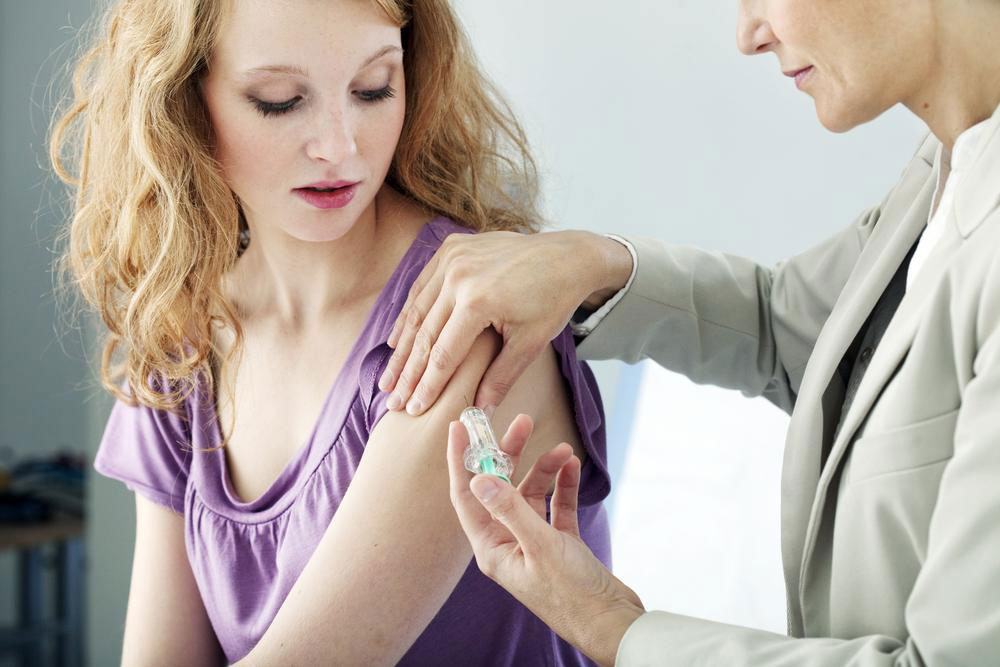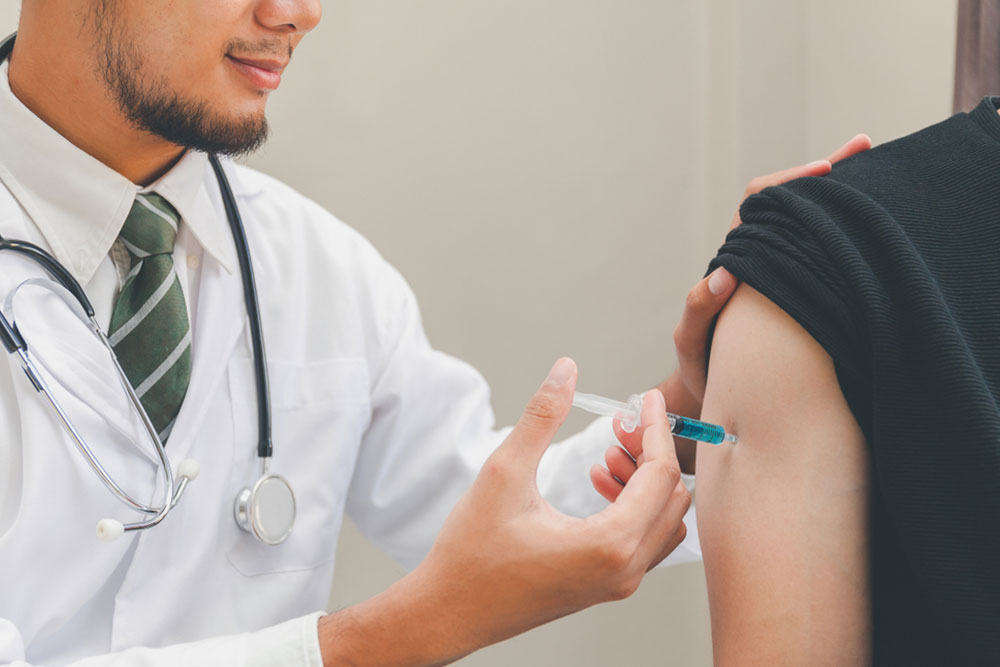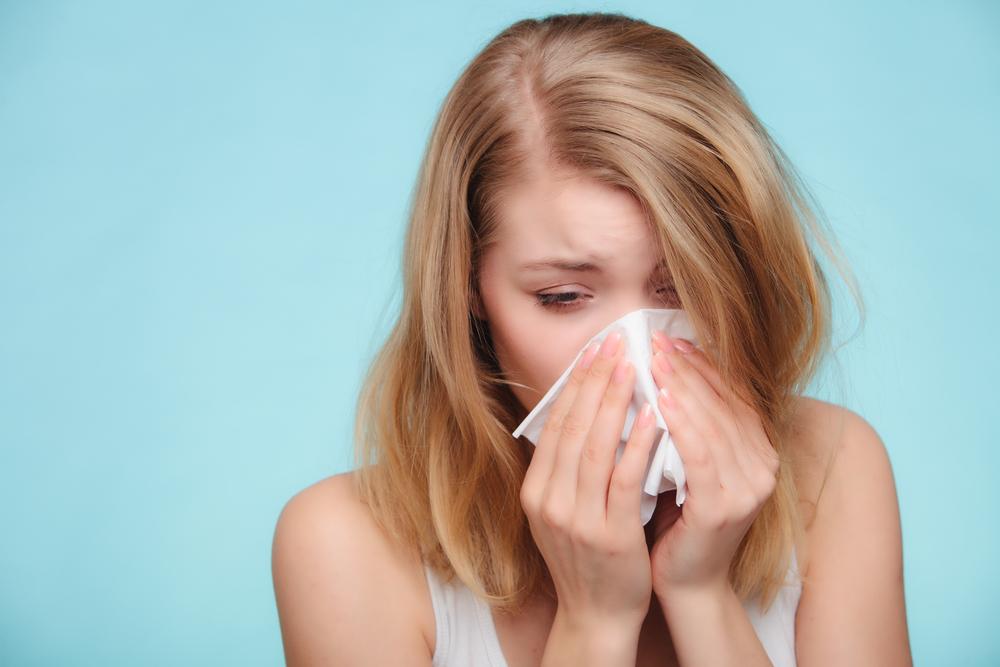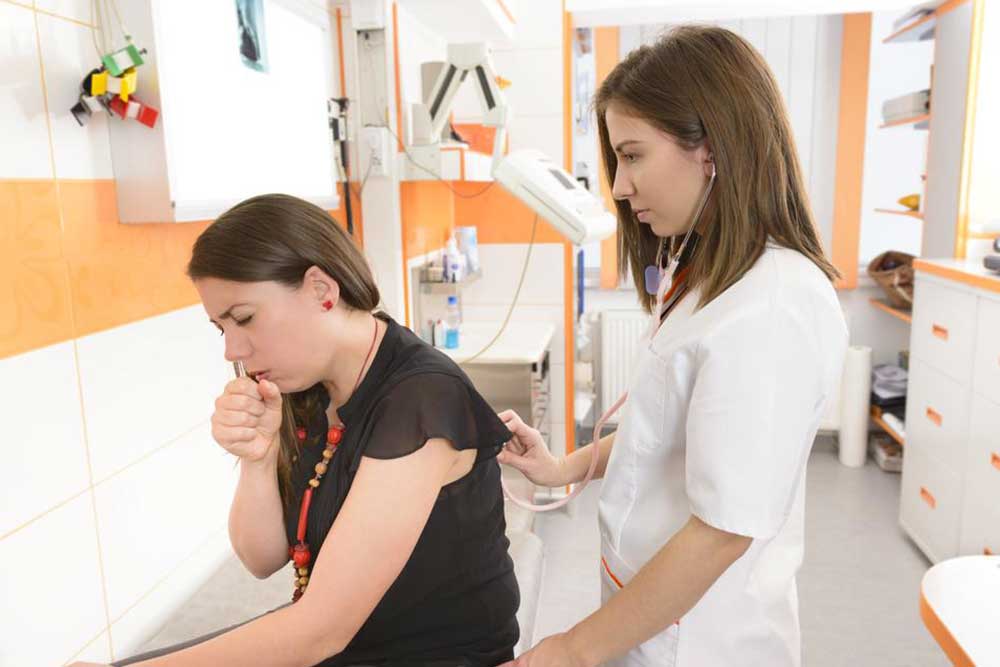Comprehensive Guide to Pneumococcal Vaccination: Protecting Vulnerable Populations from Pneumonia
This comprehensive article highlights the vital importance of pneumococcal vaccines in preventing pneumonia, especially among high-risk and vulnerable populations. It covers types of vaccines, who should get vaccinated, and their safety, emphasizing the role of immunization in reducing severe health complications and hospitalizations. With detailed insights, it encourages at-risk groups to consider vaccination, promoting widespread health security and disease prevention.

The Critical Role of Pneumococcal Vaccination in Safeguarding High-Risk Groups
Pneumococcal diseases, primarily pneumonia, pose a significant health threat, especially to vulnerable populations. The development and widespread use of pneumococcal vaccines have revolutionized the prevention of these illnesses, markedly decreasing hospitalization rates and mortality worldwide. This comprehensive guide explores the importance of pneumococcal immunization, the different types of vaccines available, who should receive them, and why vaccination remains a crucial public health measure.
Pneumococcal vaccines are immunizations designed to protect against Streptococcus pneumoniae bacteria, which can cause ailments ranging from mild ear infections to severe pneumonia, bloodstream infections, and meningitis. These vaccines are particularly vital for groups with heightened susceptibility, including infants, the elderly, and individuals with compromised immune systems. The two primary types of pneumococcal vaccines are conjugate vaccines (PCV13 and PCV15) and polysaccharide vaccines (PPSV23), each serving different age groups and risk profiles.
Types of Pneumococcal Vaccines and Their Efficacy
Conjugate vaccines, such as PCV13, are primarily administered to children and certain adults with specific health conditions. They stimulate a strong immune response by linking polysaccharides to a protein carrier, making the vaccine more effective, especially in young children whose immune systems are still developing. Polysaccharide vaccines like PPSV23 cover a broader range of bacterial strains and are recommended for older adults and at-risk populations. Both vaccines are proven to significantly reduce the risk of pneumonia and invasive pneumococcal diseases, with efficacy rates typically falling between 71% and 93% depending on the population and vaccination schedule.
Who Should Receive Pneumococcal Vaccines?
Public health authorities, including the CDC, recommend pneumococcal vaccination for several high-risk groups. Children under the age of five are strongly advised to receive pneumococcal conjugate vaccines as part of routine immunization schedules, ensuring early protection. Adults over 65 years are also encouraged to get vaccinated, as their immune defenses tend to weaken with age. Additionally, adults aged 19 to 64 with underlying health conditions such as chronic heart, lung, or liver diseases, diabetes, or a weakened immune system should consider vaccination.
High-Risk Individuals and Special Considerations
Individuals who are at increased risk of pneumococcal infections include smokers and heavy alcohol consumers, as these behaviors impair immune function and damage respiratory defenses. Those who have recently undergone major surgeries, prolonged ICU stays, or invasive procedures are also vulnerable, especially if ventilator support was necessary. Interestingly, hospitalized patients with comorbidities or a history of respiratory illnesses benefit from pneumococcal vaccination to prevent complications. Though generally very safe, mild side effects such as soreness at the injection site or low-grade fever may occur, but these are minor compared to the protective benefits offered.
The Safety and Benefits of Pneumococcal Vaccination
Extensive clinical trials and real-world data have established pneumococcal vaccines as safe and highly effective. Adverse effects are rare and usually mild, including localized pain, swelling, or transient fever. The vaccines have demonstrated robust effectiveness in reducing the incidence of pneumonia, invasive diseases, and related complications, significantly decreasing hospitalization rates among elderly populations. Vaccination is a simple, low-cost intervention that provides substantial protection, especially crucial during flu seasons or epidemic outbreaks. Ensuring high vaccination coverage in at-risk groups can markedly reduce overall disease burden and healthcare costs.
Conclusion: Protecting Yourself and Society Through Immunization
In conclusion, pneumococcal vaccination remains a cornerstone of preventive healthcare. Its role in protecting vulnerable groups—from young children to seniors—cannot be overstated. By understanding who should be vaccinated and the safety profiles of these vaccines, individuals and healthcare systems can work together to minimize the impact of pneumococcal diseases. In a world where respiratory illnesses continue to challenge public health, immunization stands out as one of the simplest yet most powerful tools to safeguard health and save lives. Taking proactive steps to get vaccinated is a small investment with huge returns, securing peace of mind and long-term health benefits for all.





